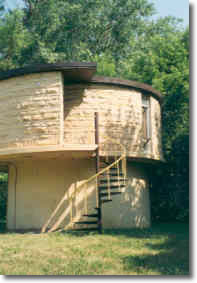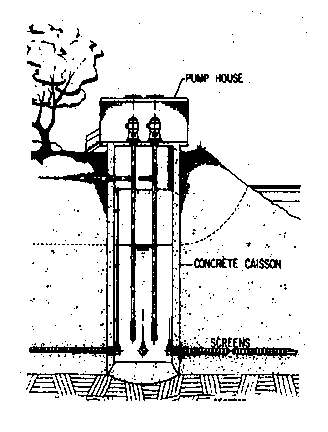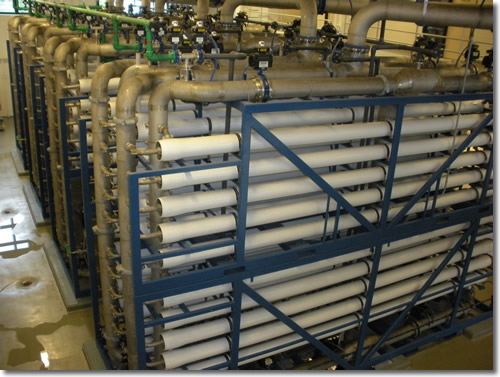Drinking Water Protection
- Drinking Water Protection Home
- About Us
- A-Z Index of Contaminants in Water
- Community Public Water Supply
- Drinking Water Grants and Loans
- Drinking Water Institute
- Drinking Water in Schools and Child Cares
- Drinking Water Revolving Fund
- Laws and Rules
- Noncommunity Public Water Supply
- Source Water Protection
- Water Operator and Certification Training
- Drinking Water Protection Contacts
Related Topics
- Annual Reports
- Drinking Water Risk Communication Toolkit
- Drinking Water Protection External Resources
- Fact Sheets
- Forms
- Invisible Heroes Videos: Minnesota's Drinking Water Providers
- Noncom Notes Newsletter
- Sample Collection Procedures (videos, pictures, written instructions)
- Waterline Newsletter
Related Sites
- 10 States Standards
- Clean Water Fund
- Health Risk Assessment – Guidance Values and Standards for Water
- Minnesota Well Index
- Water and Health
- Wells and Borings
Environmental Health Division
Taking on Surface Sources
From the Winter 1995-96 Waterline
Quarterly Newsletter of the Minnesota Department of Health Public Water Supply Unit, Waterline
A complete list of feature stories can be found on the Waterline webpage.
The city of Mankato supplies it 31,500 citizens with drinking water in a unique way. Since 1970, the water utility has been using a horizontal collector well, which consists of an on-shore large diameter caisson with laterals that project underneath the adjacent Minnesota and Blue Earth rivers.
The collector well (also known as a Ranney well after its inventor, Leo Ranney) in Mankato has a 16-foot diameter caisson sunk through 65 feet of sand and gravel to bedrock on a peninsula between the two rivers. Nine lateral slotted pipes extend from the caisson under the rivers. Five reach out from the 99 to 240 feet under the Blue Earth River; the other four extend toward the Minnesota River.
George Rosati, Mankato’s utility superintendent, is pleased with the way their collector well operates. “We get the advantage of the availability of surface water in addition to 65 feet of natural filtration. It’s high quality water in terms of turbidity and from a bacteriological point of view.”
While the dual filtration provides extra protection against Cryptosporidium and Giardia, chemical contamination remains a concern to Rosati and the Mankato utility. The watershed they draw from is heavily agricultural, creating special challenges in providing a safe supply for drinking purposes. Water superintendent Jim Jaycox says that the conventional treatment of softening, coagulation, and filtration has been doing the trick for microbiological contaminants and hopes that the river quality does not deteriorate to the point that they are ever forced into advanced treatment processes. Because the collector well is so closely connected to surface water, the Minnesota Department of Health considers it a safe water source and requires complete surface water treatment.
Although farm-related pesticides such as atrazine and cyanazine (which will be phased out of production over the next four years) are known to be present in the Blue Earth and Minnesota rivers, only trace amounts have been detected infrequently in treated water. Even so, Mankato was one of two Minnesota cities targeted in the fall of 1994 by an activist group claiming that drinking water was laced with high levels of farm chemicals. The group’s report was quickly discredited by both the laboratory whose data was used for the city as well as by the media; however, it created doubts and undermined confidence in the quality of the drinking water.
Mankato responded by increasing its monitoring beyond regulatory requirements-not an inexpensive procedure according to Rosati. In addition to the regular test by the MDH, the city performed its own weekly testing during the spring and early summer, at the time farm chemicals were being applied. At the end of August, they held a press conference to announce that closer scrutiny still was not indicating any problems with the presence of pesticides and herbicides.
In addition to the surface sources tapped by the Ranny well, Mankato operates deep rock wells in the Ironton-Galesville and Mt. Simon-Hinckley aquifers, Rosati acknowledges that the city cannot rely entirely on groundwater and will remain dependent on the rivers, imperfect as they may be. Although at the mercy of the watersheds they have no control over, the city does not actively support efforts at watershed management and protection.
Despite the challenges, Rosati says they are looking at drawing even more water from the river and establishing another Ranney well with the new one on the Minnesota River side (the existing Ranney well draws more from Blue Earth River than the Minnesota River).
“We need the river for our water, and we’re going to continue to use it,” Rosati says confidently. “We’re not going to fold the city up.”
 |
 |
| Mankato’s collector well is located on a peninsula between the Minnesota and Blue Earth rivers. | Cross-section of a collector well. |
Collector Wells Named after Iowa Engineer
Horizontal collector wells are the legacy of Leo Ranney, an Iowa engineer who developed the process as a means for drilling oil.
“Ranney sank a shaft down to the oil pool and with the horizontal lateral screens recovered large volumes of oil,” says Jim French, a sales manager for the Ranney Division of Hydro Group, Inc. “When the price of oil dropped and tapping for oil this way becomes obsolete, he turned to thinking to water.”
During World War II, numerous industries installed the process as demand for munitions and other supplies rose.
Although they were used for water supply primarily by industry initially, the demand for Ranney wells from municipal water suppliers has been growing in recent years. Today, more than 300 Ranney wells are being used-both for industrial use and for public water supply-in the United States. “Collector wells are a big interest item now,” French adds.
A major reason for the increased interest is changes in drinking water standards, especially those related to Cryptosporidium. “Because of the volumes of water that are pre-filtered from the river through the natural sediments, the log reduction cycle and filtering process will not be as expensive as what the changes are going to warrant,” says French.
French explains that a Ranney well is ideal in a situation in which a supplier doesn’t have a lot of land adjacent to a surface source. “They can produce between seven and ten times as much water from a site as a single vertical well. It doesn’t even have to be along a surface source as long as it’s a sand and gravel unconsolidated formation that is recharged by natural rainfall.”
Of Interest
Mankato Moves Ahead with Membranes
Go to > top
